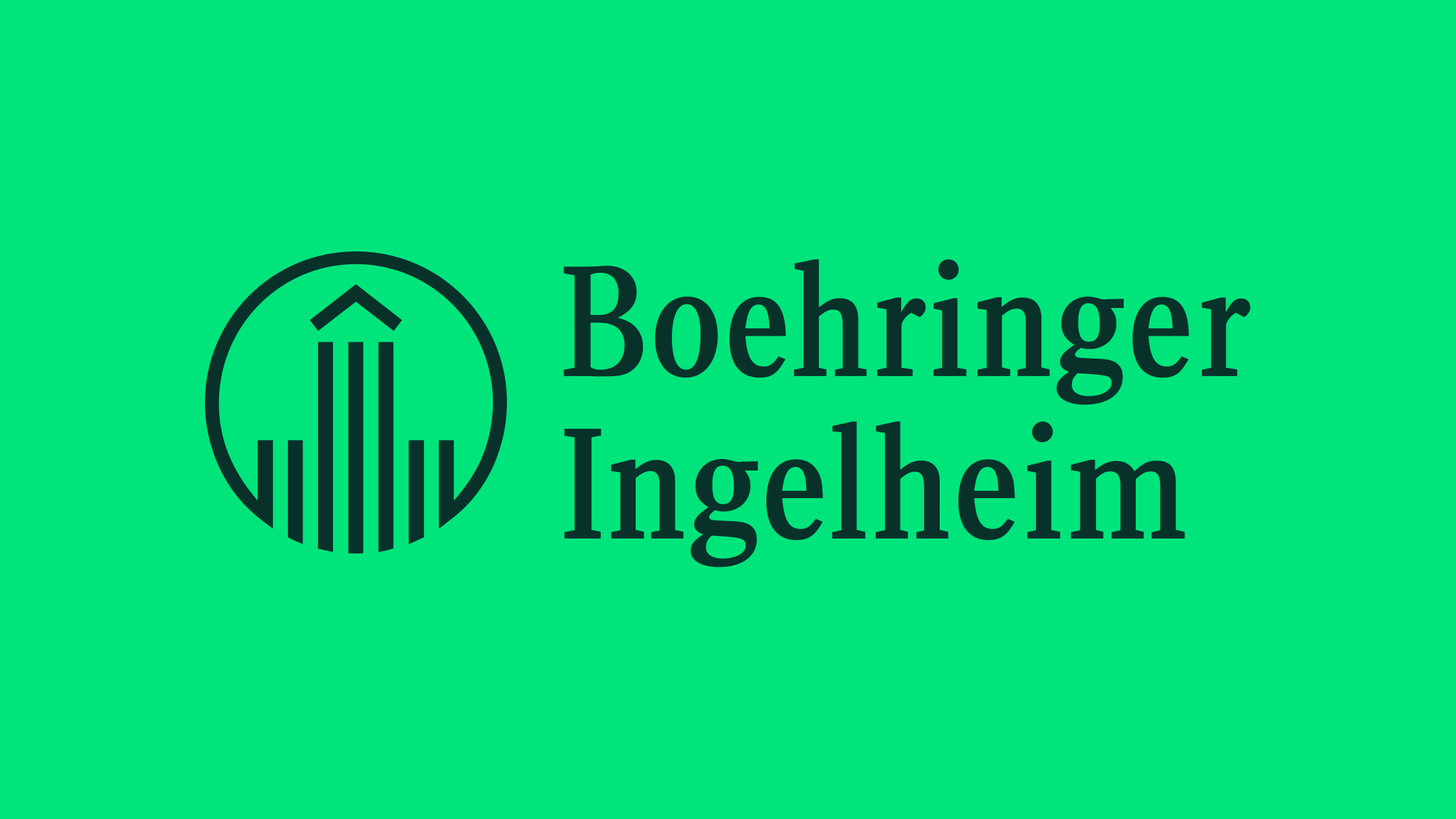History of the Logo
The logo used by Boehringer Ingelheim today is a stylized depiction of the central section of the imperial palace of Charlemagne. The King of the Franks, who was later crowned emperor, stayed in Ingelheim in the late 8th century, probably around the year 774.
After the appearence of the first company logo at the end of the 19th century, the depiction has changed multiple times. Here is an overview of different historical logos.

Timeline of the Logo
1893 – 1905
This is the first company logo of Boehringer Ingelheim, created eight years after the company’s foundation. The intertwined letters CHBS stand for C. H. Boehringer Sohn, leading to company founder Albert Boehringer (1861-1939), Christoph Heinrich Boehringer’s son (or ‘Sohn’ in German).

1905 – 1924
For the first time, the company logo displays a stylized motif of the imperial palace of Ingelheim. The motif is inspired by a depiction of Ingelheim in the ‘Cosmographia’ (cosmography) which was published by the Ingelheim-born humanist Sebastian Münster in 1544.

1924 – 1997
In 1924, the logo is changed again. This time, it incorporates the central section of the imperial palace and takes up the latest archeological research. From 1962 onwards, the name ‘Boehringer’ is also included. The color is changed from black to blue as well.

1997 – 2023
The logo of 1997 moves the company name next to the stylized motif of the imperial palace.

Since 2023
With the evolved corporate brand, the logo is updated as well. While the design remains the same, the colors see a significant change. The blue logo on a white background gives way to an accent green logo on a dark green background (or inverted). The two greens reflect the core of the evolved corporate brand: unwavering optimism.


